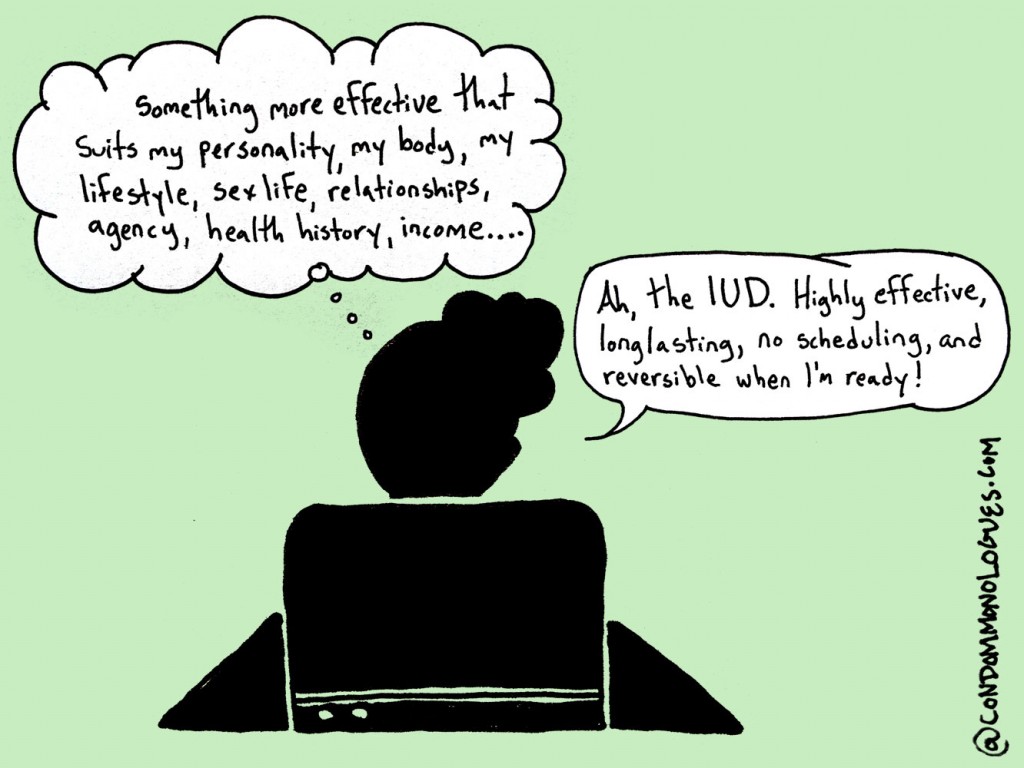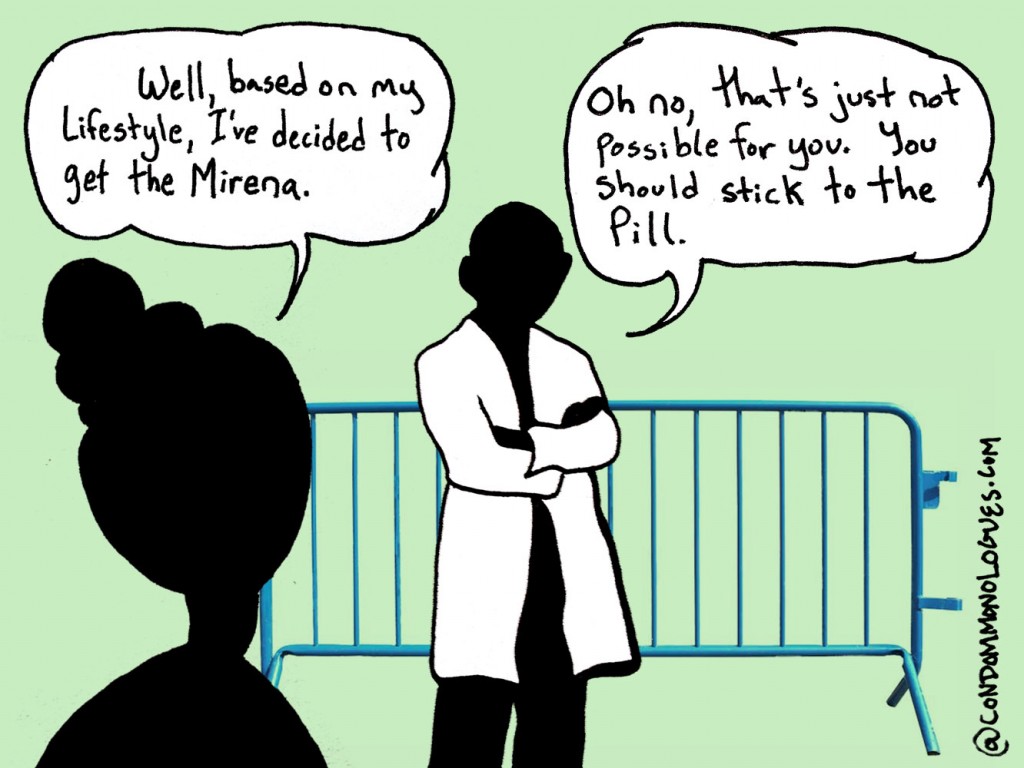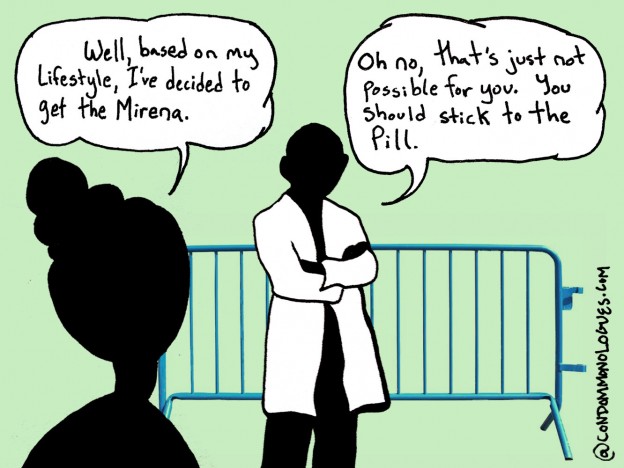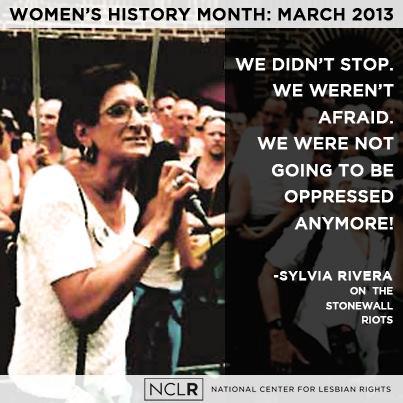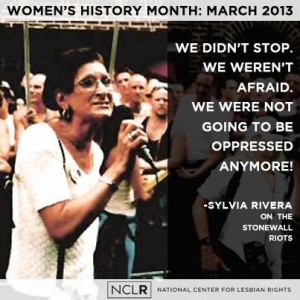Is it correct to suggest that condom-bashing is more common than condom-loving? From personal experience, when I speak with people about safer sex the following is often used to describe condoms: “It keeps my partner and me from getting close”, “It disrupts intimacy”; “…It’s unnatural”, “…a mood killer”, “I can’t feel anything with a condom on”, “it hurts”, or “I can’t get off with condoms”. Sound familiar? In fact, rarely do I hear positive things like, “I love using condoms!” and “Condoms make me horny!”
Some argue that male condoms simply suck. Period. Others point to social attitudes as the greater problem and that people are trained to hate condom, states Debbie Herbenick in The Daily Beast.
Can new condoms solve the Condom Problem?
 Of course, sexual pleasure and condom use warrant serious discussion. According to a 2013 survey, only 60% of teenagers claim to use condoms regularly. And condom use declines as people grow older. Much media praise is pouring over the “Grand Challenge” pitched by the Melinda and Bill Gates Foundation to develop a “next-generation condom that significantly enhances or preserves pleasure.” Thousands have applied for the $100,000 prize grant. It’s got people talking (again) about widespread dissatisfaction with existing condoms.
Of course, sexual pleasure and condom use warrant serious discussion. According to a 2013 survey, only 60% of teenagers claim to use condoms regularly. And condom use declines as people grow older. Much media praise is pouring over the “Grand Challenge” pitched by the Melinda and Bill Gates Foundation to develop a “next-generation condom that significantly enhances or preserves pleasure.” Thousands have applied for the $100,000 prize grant. It’s got people talking (again) about widespread dissatisfaction with existing condoms.
There’s been ideological backlash from condom defenders. Reported in an article by Slate.com, the Gates’ competition is razzed by Gwaker and Salon, who have labeled condom complainers as “creeps” and “pervs” that are just “whining”. But these righteous attacks do not help. In fact, their points only reinforce shame around sexual pleasure, thus hindering discussions about sexuality and sexual health.
Fingers are also pointing at condom researchers for overlooking the importance of pleasure and narrowly focusing on disease prevention and risk, as assistant professor Joshua G. Rosenberger told The Daily Beast. The narrative surrounding the Gates’ competition has reinvigorated the pleasure factor, but honest discussion about condoms should not end there.
Pleasure-focused condoms already exist!
What’s overlooked in this media coverage is that condom companies have focused on pleasure for decades! One need not look further than the crowded condom market to see where emphasis lay. Navigating through all the pleasure bumps, pouches, dual action lubricants, and “twisted” pleasure condoms can be a confusing (and fun!) task. This is not to deny that there are limits in male condom choice (not to mention severe limits of dams and female condoms!). Indeed, most are latex based. Non-latex is more expensive and difficult to find off-line (see our post about buying condoms online). And all existing condoms roll on and off in the same way (although prototype Origami condom might change that).
There is more to condom use than bananas
Another aspect overlooked in discussions of condom hate is the way in which students are introduced to and informed about condoms in sex education. Condoms talk is often devoid of any discussions regarding pleasure. But instead of limiting condoms to banana demonstrations, educators and prevention providers can play a valuable role by explaining some special condom features that already exist to suit individual needs, including allergies, lubrication, the health warnings of n-9 spermicide, flavors, and different condom shapes and sizes.
The point is that there are thousands of condom types already. What we need is pleasure-inclusive sex education so that young people and adults access information about options, how to find the right condom, and different ways to use condoms well. This can help increase consistent and correct use, hence reduce health risk while nurturing healthy and satisfying sexual lives. Everyone wins!
Condom haters are in the minority
There is plenty of alternative evidence out there to suggest that the physical differences between unprotected sex and sex with a condom are minor to non-existent. The Kinsey Institute’s annual National Survey of Sexual Health and Behavior (2011) found that adults who use condoms for penetrative sex tend to report the same degree of sexual pleasure as those who have sex without condoms. Another study that measured physical sensation (and only physicality- excluding other factors like perceived trust or sexual history, etc.) found that most men do feel a slight decrease of sensation with a condom. However, if used and fitted correctly, a condom should never decrease a man’s sensitivity to the point of pain, numbness, or loss of erection. For women, it is rare to experience any dulling, which (as Scarleteen wisely points out) is not surprising, because the vagina has far less nerve sensory compared to the clitoris and frenulum, and therefore is less receptive to finer differences like skin compared to latex. Yes, there are women and men who experience physical irritation, drying, gross tastes and weird smells. But there are ways to overcome these problems. It’s not like safe sex is a chore that one just has to deal with!
Understanding sexual pleasure
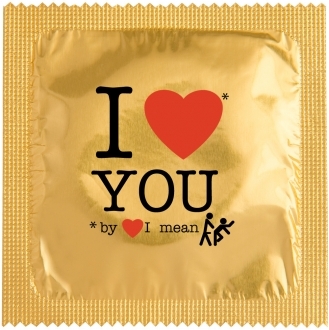 There’s the argument that people are trained to hate condoms. Check out our post about the lack of positive representations of condoms in popular culture and entertainment. From our searches, we could not find any peer reviewed scientific studies that conclude that condoms severely detract from physical sensation. We did find studies- including Randolph et. al. (2008), Mizuno et. al. (2007) and Boston University School of Health Our Bodies Ourselves Collective (2011)– in which more men than women reported that condoms did cause sex to feel “less good”. However, all three studies find that those who report negative feelings towards condoms are people who rarely use them. This seems like an obvious finding, but what’s more nuanced here is that those who believe this is so tend to be less-experienced with condoms (some of which have no actual experience). While many people do report that unprotected sex feels better than protected sex, in general, people who use condoms frequently and are confident about how to use them well tend to experience greater satisfaction with protected sex then those who do not use condoms.
There’s the argument that people are trained to hate condoms. Check out our post about the lack of positive representations of condoms in popular culture and entertainment. From our searches, we could not find any peer reviewed scientific studies that conclude that condoms severely detract from physical sensation. We did find studies- including Randolph et. al. (2008), Mizuno et. al. (2007) and Boston University School of Health Our Bodies Ourselves Collective (2011)– in which more men than women reported that condoms did cause sex to feel “less good”. However, all three studies find that those who report negative feelings towards condoms are people who rarely use them. This seems like an obvious finding, but what’s more nuanced here is that those who believe this is so tend to be less-experienced with condoms (some of which have no actual experience). While many people do report that unprotected sex feels better than protected sex, in general, people who use condoms frequently and are confident about how to use them well tend to experience greater satisfaction with protected sex then those who do not use condoms.
This implies that sexual pleasure when using condoms cannot simply be reduced to basic physics of vaginal or penile sensation. Of course, “sexual pleasure” is a fluid concept that means many different things to different people in different contexts. There is more to consider when measuring degrees of satisfaction and pleasure than just what a condom touches, such as how we feel emotionally and intellectually about ourselves, our bodies, our relationships, and sex as an integral part of life. Many studies argue that attitudes and beliefs toward condoms greatly influence one’s experience of using them. So, it may be fair to say that claims of “not feeling anything” have more to do with lack of experience using condoms (lack of experimenting), or not using them properly.
The catch is that when people know what type of condom they like, know how to use them correctly, consistently, and different ways to increase sensuality (i.e. experimenting with lubes, ribbed condoms, having a partner put on the condom for you), there is greater overall satisfaction. As Heather Corinna writes, “…it’s the people who don’t use them at all that tend to complain about them the most.” Thus many people’s negative attitudes place them in a self-perpetuating cycle: If you approach condom use with pessimism, then you set yourself up for aversion. This cycle will discourage from experimenting with different condoms and discovering what types and lubricants you like, and what methods are most comfortable and exciting; in general, it’s the mind set that is often the mood-killer.
How to make condoms sexy
The Next Generation condom is a positive competition that will hopefully lead to innovative and improved technology. But this alone cannot solve public perceptions and negative sentiment towards condoms. In another post, we have suggested that media, from soap operas to popular how-to magazines to porn must include more positive representations of condoms for vaginal, anal, and oral sex to help normalize safe sex. We also suggest basic condom usage techniques and ways of making condom usage a sexy part of sex, rather than a disruption. And of course, access to education and knowing which condoms suit one’s individual needs (and their sexual relationships) is vital to loving the glove. Here is our fitting guide to help those who experience particular fitting problems.
Tell us what you think from your experience or teachings.
This site contains affiliate links. When you purchase products through these links, we may earn a commission at no additional cost to you. These commissions help support our work in providing comprehensive sexual health information. We carefully select our affiliate partners and only recommend products we believe will be valuable to our readers. While we may receive compensation for purchases made through these links, this does not influence our reviews or recommendations. All opinions expressed are our own.
